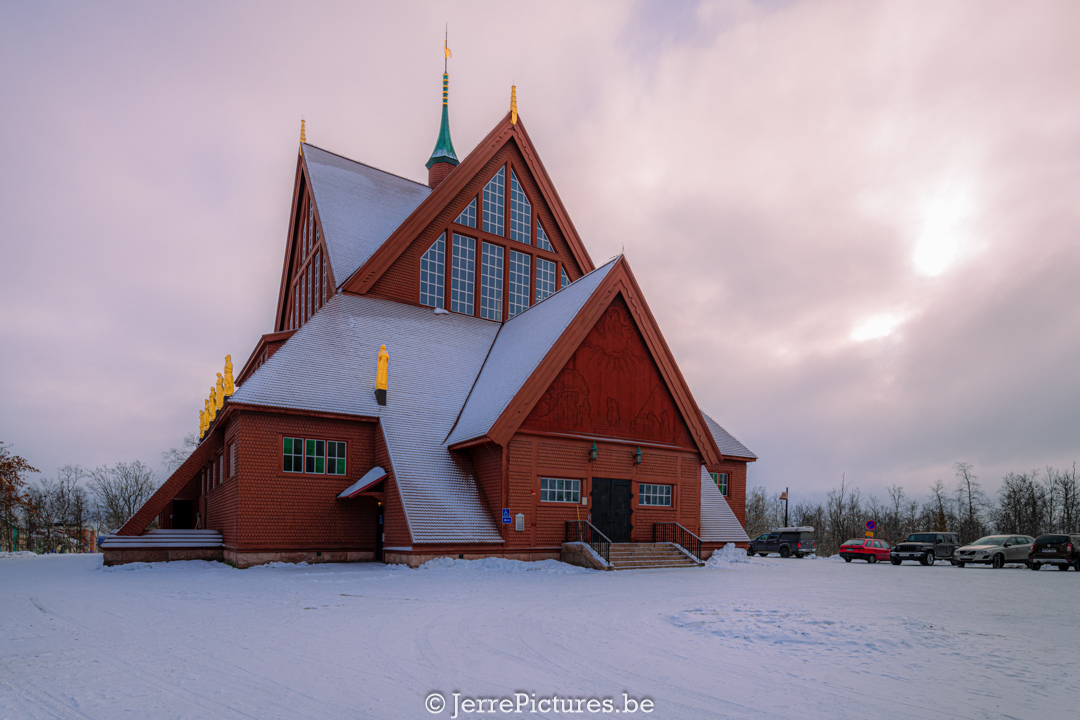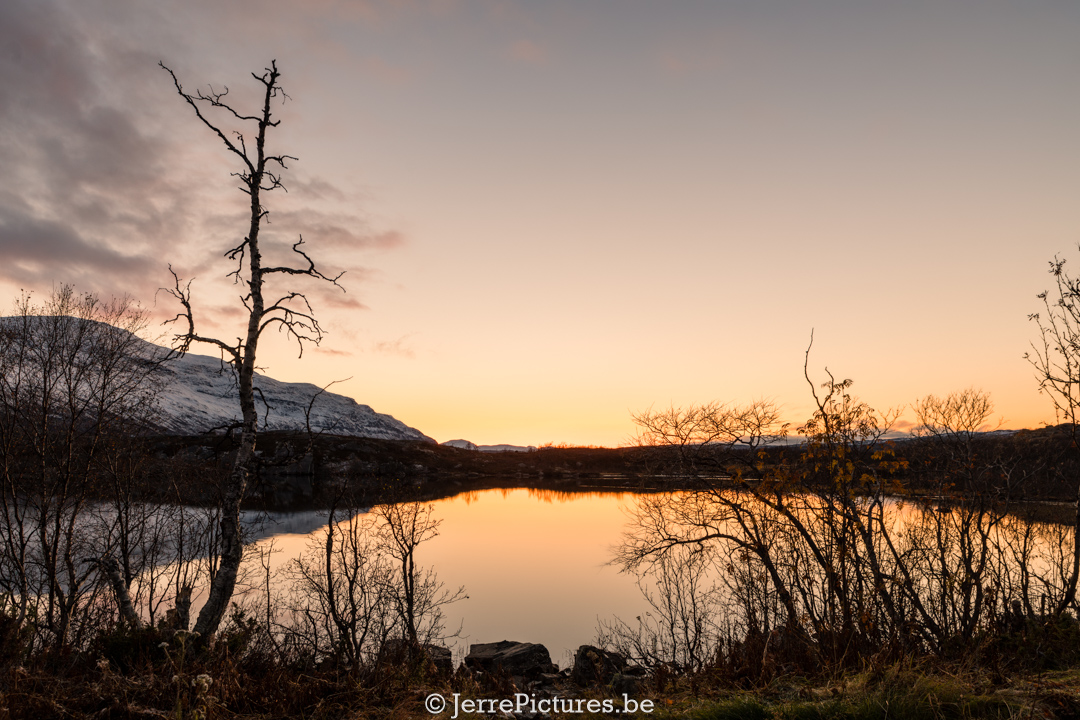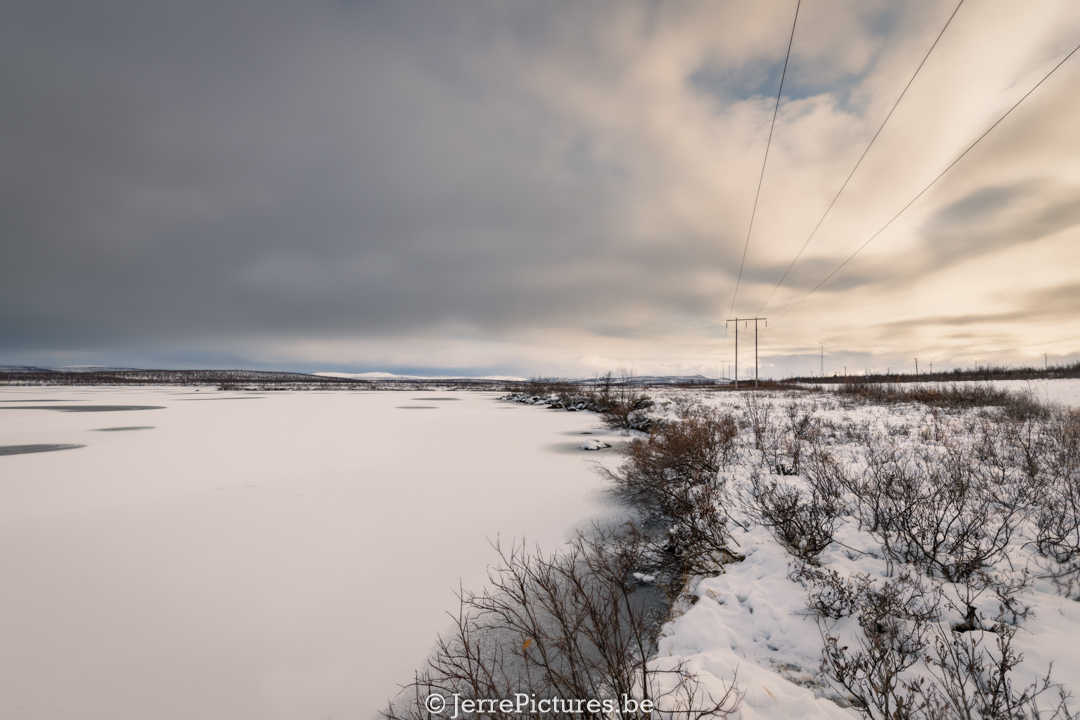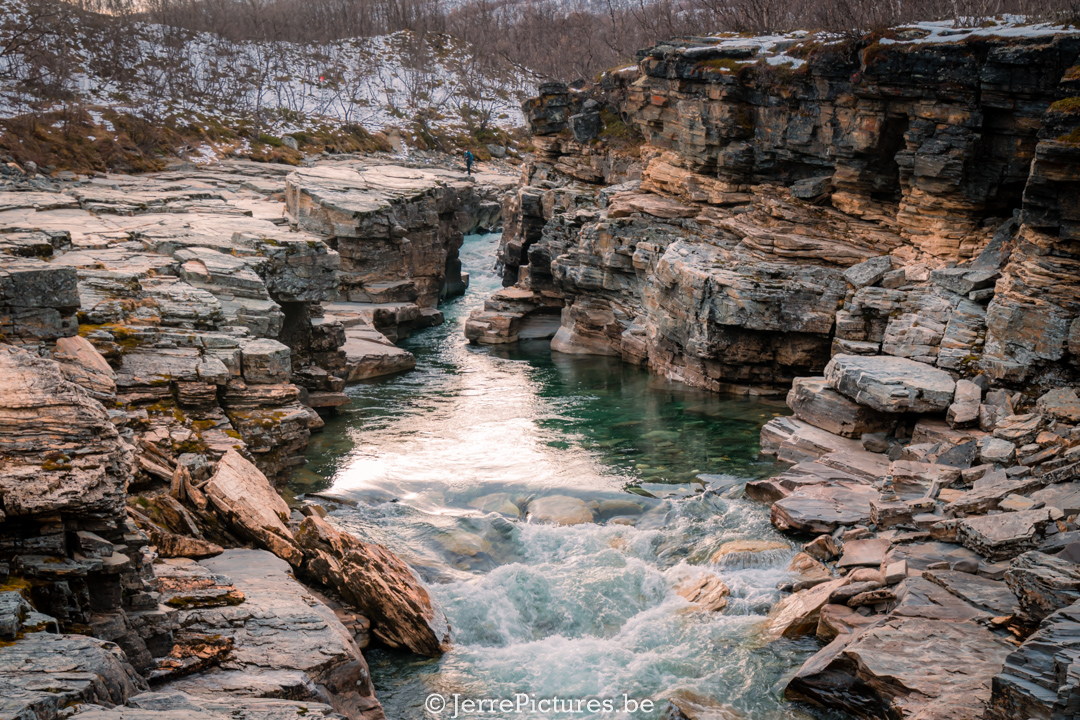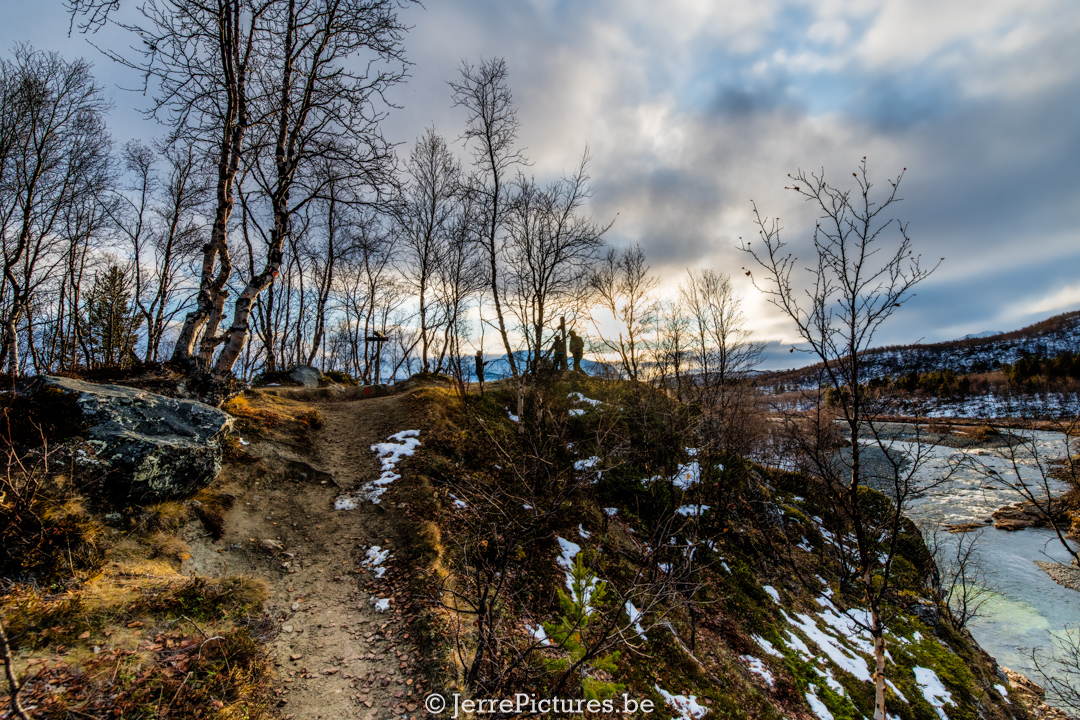You couldn’t miss it in the last few weeks, Kiruna has been in the news several times lately
- because of the historic discovery of rare metals
- and the opening of Europe’s first continental spaceport.
Especially in the first case, the Sami fear for their land. I hope that a solution can be found that is supported by all parties. But what do we actually know about Kiruna? Although many may not have heard much about it, this city has a lot to offer.
2 YouTube videos you should definitely watch:
https://www.youtube.com/watch?reload=9&v=FdaGEgYenkQ
https://www.youtube.com/watch?v=WKvqJ05AsPY
Kiruna and its nature
Despite the massive iron mine, there is truly beautiful nature here, which surprises me. This area also has a lot of history. In my opinion, Kiruna should be on everyone’s bucket list. At least with a day in the city and a minimum of 2 days to visit the nature/reserves around Kiruna.
- 1. Abisko National Park
- 2. Muddus National Park
- 3. Sarek National Park
- 4. Stora Sjöfallet National Park
- 5. Gällivare-Malmberget Nature Reserve
In addition to these nature reserves, there are also many other natural areas and lakes around Kiruna that are definitely worth visiting.
The city of Kiruna is surrounded by varied and rugged terrain, ranging from deep forests and expansive marshes to lakes, rivers, and mountains, including Kebnekaise, Sweden’s highest mountain, with an elevation of 2,106 meters. The nature here is excellent for activities such as hiking, fly fishing, skiing, snowshoeing, and dog sledding. Kiruna is known as the best place in the world to see the Northern Lights and enjoy the midnight sun.
Kiruna has an average annual temperature of 2 degrees Celsius (some parts -1°C). In the fall, temperatures drop to -20°C, which makes driving here spectacular. Then the reindeer come to the road to lick the salt from the streets. In my opinion, the best time to visit Kiruna is mid-October.
On the way from Narvik to Kiruna, you not only pass Torneträsk (lake) on the left, but on the right, you also pass many small stations where you wonder who gets on the train here? But this railway is very important for the iron mine in Kiruna. In Belgium and the Netherlands, no trains or hardly any trains run when it snows, but here they are somewhat accustomed to it… and they know perfectly well how to deal with this weather.
Torneträsk is Sweden’s second-deepest lake and the seventh-largest lake. My photos were taken in mid-October when everything quickly freezes with temperatures of -20°C at night. The average temperature here throughout the year is -1°C. Not long after I visited this place, you will see the Sami driving their snowmobiles over the river here. This shortens some distances quite a bit for them.
Vassijaure is also a hamlet in the municipality of Kiruna. Less than 10 people live in the area around the station, and that is also the case for the entire hamlet. It is nestled between a number of mountains in that area. Vassijaure is about 3 km² in size and is located north of European Route 10 and the Ore Railway. During the war, this was a very important line for the Germans, so there was fierce fighting and there is a memorial stone at the station so we would never forget.
Abisko
Abisko is a hamlet worth visiting in the municipality of Kiruna. It is an old Sami village, and there is a national park with the same name (Abisko). The park is 78 square km in size.
The impressive Abiskojokk River flows through Abisko. Large water streams slow down here and descend into rugged rivers with clear turquoise blue water.
Abiskojokk flows from the southern shore of the scenic Torneträsk Lake. Walking along the fjords, waterfalls, and through the boreal forests is a feast for the eyes. Snow-capped mountain peaks dominate the landscape here while rolling hills are covered with birch forests.
Colorful flowers grow in the open fields. Abisko is known for its rare orchid species. Behind the colorful fields rise steep cliff mountains. Many bird species, such as the ptarmigan and the goldeneye, have found their home here. Reindeer, elk, wolves, foxes, and lynx also inhabit the area.
Most travelers come to Abisko National Park for an adventurous hike: the Kungsleden trail. The Kungsleden (translated: King’s Trail) is 440 km long. The route starts in Abisko National Park, passes through Sweden’s highest mountain, Kebnekaise, goes through Stuor Muorkke National Park, and ends in Hemavan. Typically, this hike takes eight days and the trail is accessible between June and September. During the hike, you can stay overnight in various mountain huts or camp in your own tent. Even for a short impression of the Kungsleden, Abisko National Park is a good option. Plants thrive here on the limestone rock, and the park is home to several rare plants, such as the Lapland orchid.
Insider tip! Did you know a Less known Hiking trail also cross here: The Nordkalottleden (Arctic Trail) Distance 666KM (414mi) duration 28 to 40 days. Level: Hard! Aldo in last updates it is 800km and avarage time is 2 months.
In winter, you can go skiing in one of the ski resorts or try telemark skiing – a traditional ski technique but with cross-country skis. You can take rides on a dog sled. Eat reindeer meat, drink thick coffee by the fire… or do like me and sleep with the local Sami population.
Visitors can also take the cable car to the top of Mount Njulla, where you have a beautiful view of Lake Torneträsk and the Lapp Gate. Here is also an Aurora Sky Station.
The Aurora Sky Station is one of the best places in the world to learn how the northern lights are observed using radio receivers and cameras. Or you can turn it into a culinary northern lights experience? Yes, culinary! You can make a reservation for a Scandinavian dinner, which you can enjoy under the northern lights. I prepared my food over a fire, enjoyed the spectacle, and for once, didn’t take a photo but just enjoyed the moment
download The Kungsleden Trail GPX
Kungsleden GPX
